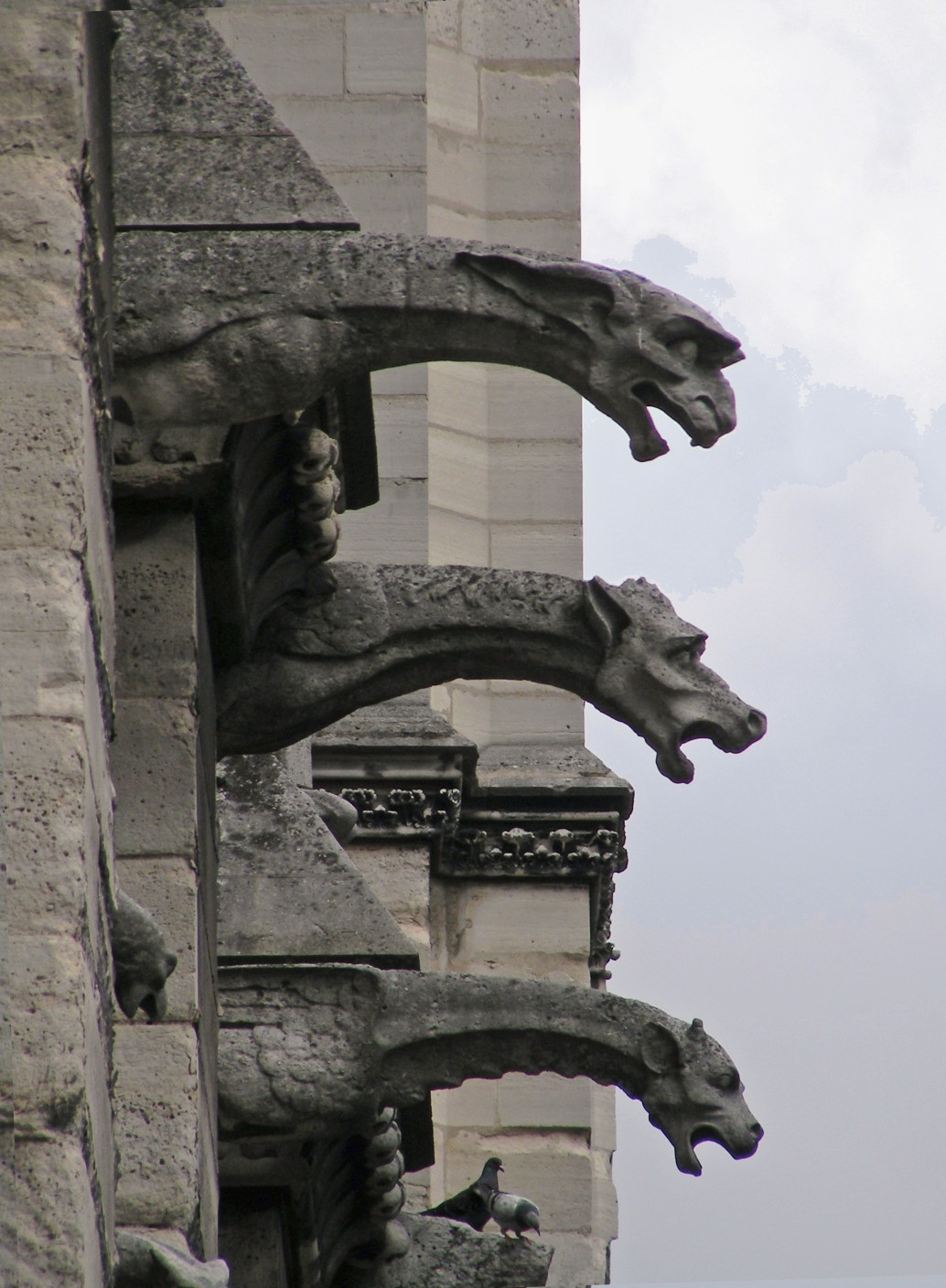
The Management of Anxiety
While there are distinctive differences in the four worlds to which we will journey, there are several important dynamics operating in all four of these worlds. First, social constructions are particularly important and strongly reinforced when a social system is undergoing change or the threat of change. The management of anxiety is critical in these situations. I will note in the analysis of each assumptive world, that the acknowledgement, assessment and treatment of psychopathology has always been saturated with anxiety – hence there is a strong move in each assumptive world toward powerful social constructions (and a tendency toward self-sealing).
Second, collective anxiety is being managed by the production of a strong culture. More precisely, the higher the level of anxiety, the more extreme becomes the underlying level of interdependence of residents in this system. At one extreme is the highly disengaged system in which residents operate with considerable independence. Very little interpersonal substance is to be found in a highly disengaged system. We find minimal interaction and little inter-dependence. We can’t predict how any one of the players in this system will behave, given our observation of the actions taken by other players.
At the other extreme is the highly enmeshed system, in which its residents are fully engaged in one another’s lives. There is a whole lot of interpersonal substance to be found in an enmeshed system. The residents are highly dependent on one another and there is a tightly woven interdependence. The actions of any player in this system can be accurately predicted from observing the behavior of the other players. Social constructions are usually not as powerful in a disengaged system as they are in a heavily enmeshed system.
High levels of anxiety in any system will tend to drive people away from one another. This represents what Robert Sommer (1969) would call a sociofugal force. Alternatively, this anxiety could push people closer together (Sommer’s sociopetal force). I propose, in general, that the world of psychopathology tends to become more sociopetal when there are high levels of anxiety (which, as I have proposed, is usually the case). Those who diagnose and treat psychopathology look to one another for support and reinforcement of existing beliefs (social constructions). Practitioners will tend to “circle the wagons” – especially when challenged or threated from the outside (where a paradigmatic revolution appears on the horizon). The wagons are often circled by the practitioners around specific paradigms and models. Everyone in the circled system dances to the same tune (same practices) and typically share a common, attacking enemy (someone or some group threatening the legitimacy of their paradigm(s) and models).







